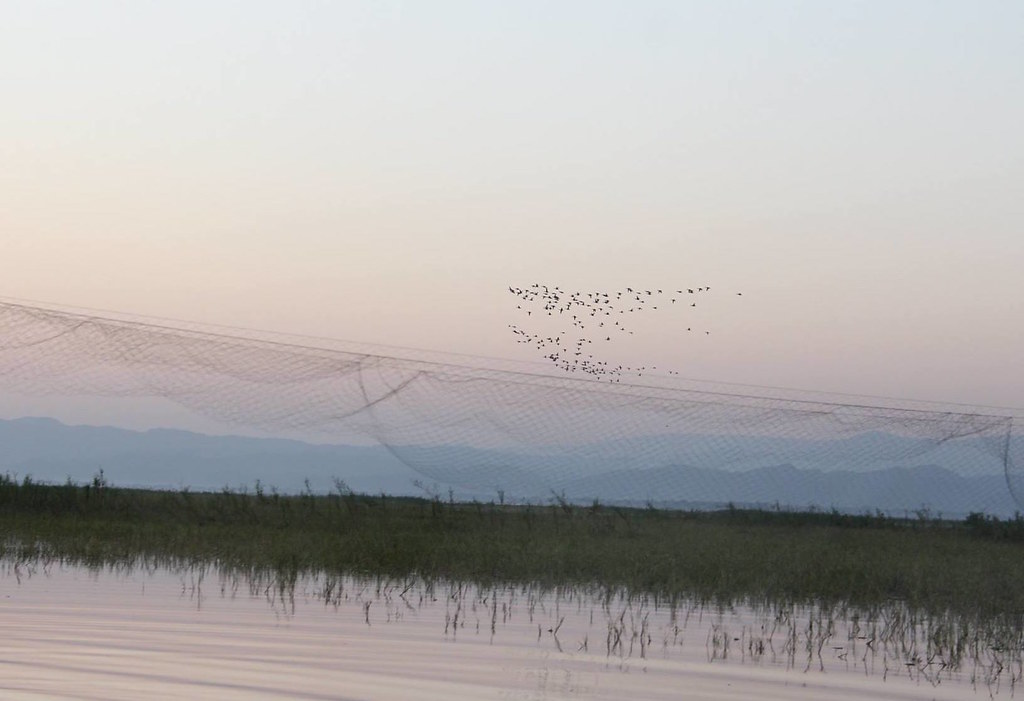ABM Sarwar Alam (Dipu) and Sayam U. Chowdhury

A floating camp at Tanguar Haor [EAAF105] © IUCN Bangladesh
The waterbird capture, ringing, and wild bird surveillance for avian influenza took place at Tanguar Haor [EAAF105] and Hakaluki Haor [EAAF104]. Both of these seasonal freshwater wetlands support large number of migratory and resident waterbirds at risk from AI.
Species that were captured include Red-crested Pochard, Gadwall, Ferruginous Duck, Eurasian Coot, Northern Shoveler, Cotton Pygmy-goose, Painted Snipe and Jack Snipe.

Tanguar Haor © IUCN Bangladesh
The team also successfully tested catching methods including deep-water mist netting which appears to be the most suitable method to capture waterbirds in these areas.




